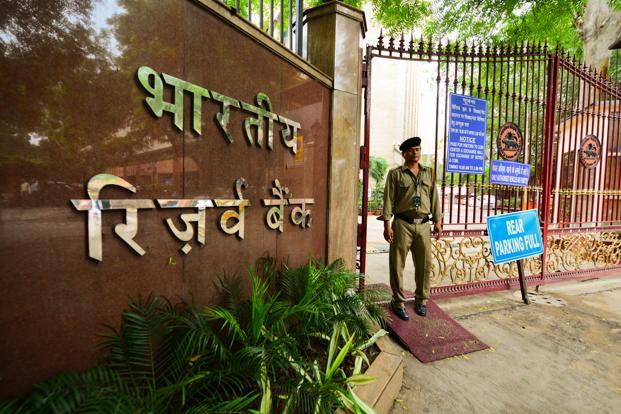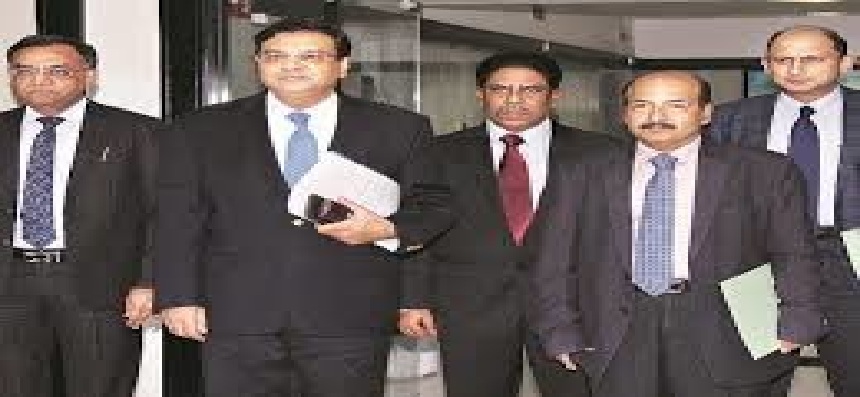Finance minister P. Chidambaram at a recent banking seminar endorsed the need for different models of banking, saying that the nation needs different kinds of banks to cater to different segments of Indian society. Chidambaram’s comment is critical, coming at a time when the Reserve Bank of India (RBI) and a high-profile panel, headed by former central bank governor Bimal Jalan, are scrutinizing 26 applications to float new banks. RBI governor Raghuram Rajan too had in the recent past said that the banking regulator could look at differential licensing and it could mean local area banks focusing on a particular geographical area.
Heads of existing banks are not happy with the idea as they feel different kinds of banks could lead to regulatory arbitrage. Shikha Sharma, managing director and chief executive officer (CEO) of Axis Bank Ltd, has even said “across global markets, there is evidence that different rules and regulations leads to financial crisis”. Arundhati Bhattacharya, chief of India’s largest lender, State Bank of India, and Chanda Kochhar, managing director and CEO of India’s largest private bank, ICICI Bank Ltd, too are vocal against the concept of niche banks. According to Bhattacharya, it is important to ensure that “lucrative” businesses do not go to a few companies. “When an entity sets up a separate structure, the cost structure eventually comes together. Regulation has to have a level-playing field after which banks can innovate,” Kochhar said.
The government has been pushing for it for quite some time. The Economic Survey, released in February 2011 ahead of the national budget, suggested two types of permits, one for all banking activities and another for providing basic banking for expanding services or the so-called financial inclusion in Asia’s third largest economy where 50% of the adult population still does not have access to basic banking services. According to the survey, industrial houses and non-banking financial companies could be given full banking licences while microfinance institutions could have licences for basic banking. It also suggested that minimum capital requirement for banks should be graded.
Globally, certain countries have differential banking licence system. For instance, in Singapore, commercial banks operate as full banks, wholesale banks or offshore banks. Full banks may provide the whole range of banking business permitted under the local banking law. Foreign full banks can have 25 branches and share ATMs among themselves. The wholesale banks engage in the same range of banking business as full banks, except that they do not carry out Singapore dollar retail banking activities while offshore banks can engage in the same activities as full and wholesale banks for businesses transacted through their Asian currency units (ACUs)—an accounting unit that the banks use to book their foreign currency transactions. The banks’ Singapore dollar transactions are separately booked.
Currently, there are at least six kinds of banks in India. They are public sector banks in which the government stake cannot go down below 51%, private banks, foreign banks, regional rural banks or RRBs, local area banks or LABs, and cooperative banks. RRBs are 50% owned by the central government, 15% by the state government and 35% by a sponsor bank. Recently, the RRB Act has been amended, allowing private investments up to 49% in an RRB. There are three types of cooperative banks—urban cooperative banks, state cooperative banks and district central cooperative banks. Under the Banking Regulation Act, 1949, only state cooperative banks, district central cooperative banks and select urban cooperative banks are qualified to be called banks. While RBI oversees their work, these banks are under part regulation and the total supervision of the National Bank for Agriculture and Rural Development, or Nabard. This is in addition to the state control over cooperative banks under state laws.
In 2007, RBI took a close look at differential licensing system but did not see merit in it. A technical paper on differential bank licences, released by the central bank, had said all banks should offer certain minimum services to all customers. It also recommended continuation with the existing system for the time being and suggested, “The situation may be reviewed after a certain degree of success in financial inclusion is achieved and RBI is more satisfied with the quality and robustness of the risk management systems of the entire banking system.”
The financial inclusion drive has had limited success and I do not know whether RBI is satisfied with the risk management systems of banks but it seems that both the government and the banking regulator are keen to have different kinds of banks to encourage innovation and meet the banking needs of a nation of 1.2 billion people. While all banks will be subjected to the regulatory requirement of buying government bonds to the extent of at least 23% of their deposits and keeping 4% of their deposits with RBI in the form of a cash reserve ratio, they may not need to start operations with same capital requirement and the components of the so-called priority sector loans—under which Indian banks need to give 40% of their loans to agriculture and allied activities—could also be different.
There could be at least three types of banks. Promoters with deep pockets can model their banks on the existing banks and dabble in all kinds of activities while microfinance institutions wanting to set up banks could have a relatively lower capital base and model themselves on RRBs. The third set of banks can treat loan to infrastructure as exposure to the priority sector and focus on big projects. Some of the foreign banks which are not comfortable lending to agriculture and taking exposure to rural India can focus on the third category of activities. Finally, the banking licence should be on tap.



